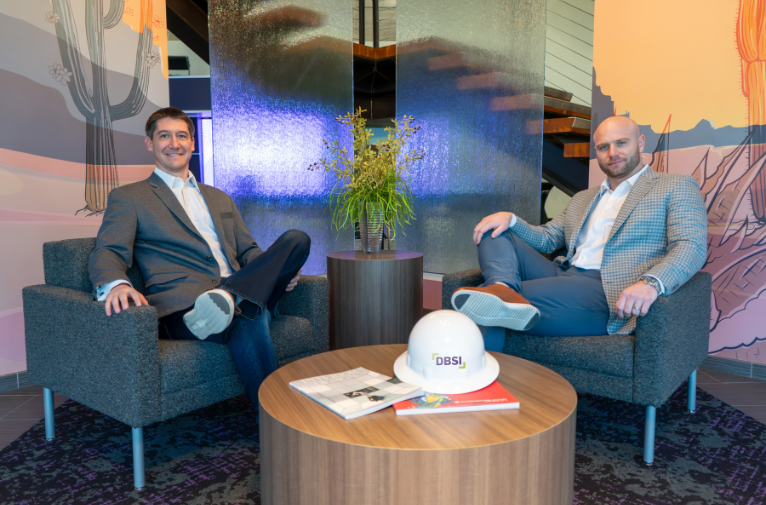
This may be a once-in-a-century Pandemic but this time we have a million more ways to remember. COVID-19 consumer trends are not going anywhere for a long time, so banks and credit unions need to figure out which trends are here to stay and what the new normal will look like. Here are 3 trends that financial institutions should act on now and prepare for the new norm as cities and states open back up.
1. Digital Channels
Digital adoption was forced up and over its tipping point. Laggard adopters are now using different channels such as mobile to accomplish simple errands. As adoption rates skyrocket so will expectations. Consumers will expect the same branch experience and level of service on digital channels. Are you prepared to offer that same level?
According to the Digital Banking Report, “State of Digital Banking Transformation,” less than 50% of organizations believe they are prepared for competitive threats, customer expectations, or technological advancements.
How to prepare:
- Video Banking to bring experts to where your clients are
- Offer ITMs in your dive ups to give a safe personal touch to your service
- Easy-to-clean digital signage instead of brochures
- Digital lead magnet tools like Financial HealthCheck to bring new clients in
2. Awareness of Frequently Touched Surfaces
Every door handle, seating area, handshake, keypad to an ATM, countertop, and the list goes on and on. Consumers are more aware of how germs spread and that's not going away anytime soon. Banks and credit unions need to think about how they can adjust their branches and future branch designs to be as touchless as possible.
How to prepare:
- 6-foot distance markers with carpet tiles
- Automatic doors
- Removable safety guards
- Easy-to-clean surfaces
- Stain-resistant surfaces and PFOA-free upholstery are easy to clean and reduce health concerns linked to PFOA(Perfluorooctanoic acid).
- Easy-to-clean laminate instead of wood veneer offers a realistic natural wood-look without having to worry about scratches and special cleaning procedures.
- Groutless flooring like luxury vinyl tile reduces maintenance over time. There are even options that are carbon neutral.
3. WFH (Work from home)
A virtually global stay-at-home order has never happened before. But with the number of tools and free resources available, it has been surprisingly successful. Video Conferencing jokes aside, there are a lot of positives to a workforce ready and experienced in working remotely. A typical company saves about $11,000 per half-time telecommuter per year, according to Global Workplace Analytics.
How to prepare:
- Invest in technology that allows flexibility in your FTEs (Full-time employees) workstation (Laptops, VPNs, etc)
- Design your HQ with Flex Spaces to allow rotating FTEs to use the spaces (fewer desks, more FTEs)
- Create training programs and processes to keep your productivity high
Your branch network and HQ needs to be able to adapt to any situation quickly and seamlessly. An adaptive branch design doesn't have to be expensive to work. You just need a strategic partner advising design decisions. Prepare for the worst while expecting the best.
This is the seventh blog in an 8-part series.
- Read part 1 here: "How Financial Institutions Can Survive (& Thrive) During COVID-19"
- Read part 2 here: "When Social-Distancing Becomes Distance Banking."
- Read part 3 here:"A New Standard for Community Involvement."
- Read part 4 here: "How To Take Maximum Advantage of Empty Branches."
- Read part 5 here: "A Quick and Easy Way Banks and Credit Unions Can Cut Costs."
- Read part 6 here: "Ideas for Communicating with Clients."
- Part 8 will be released 05/8/20!

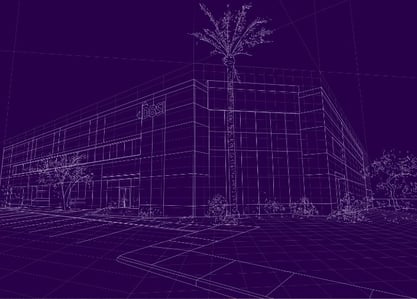












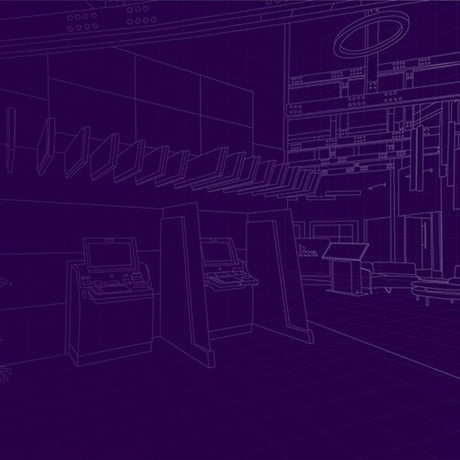
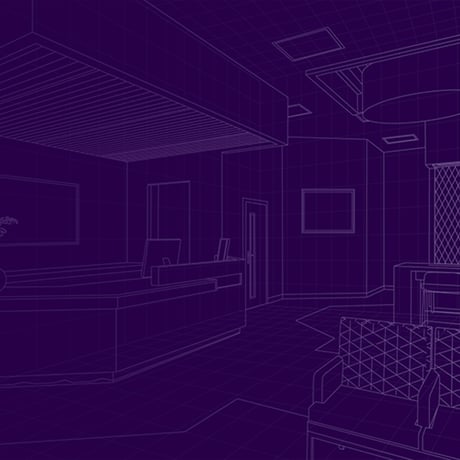
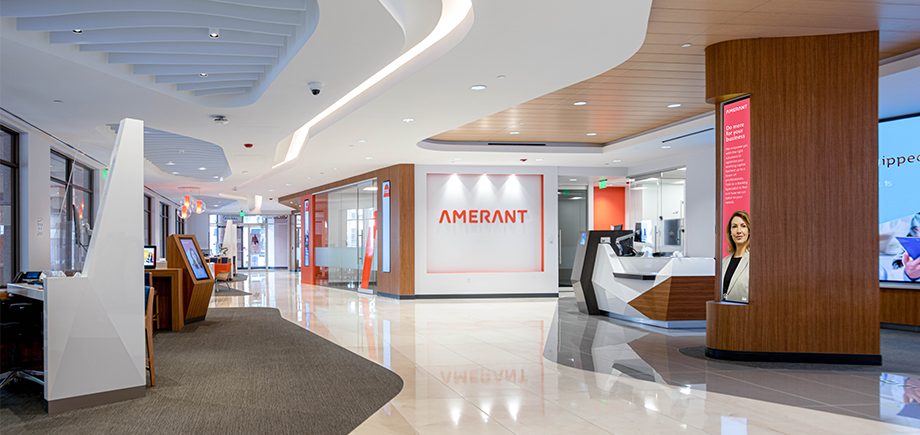


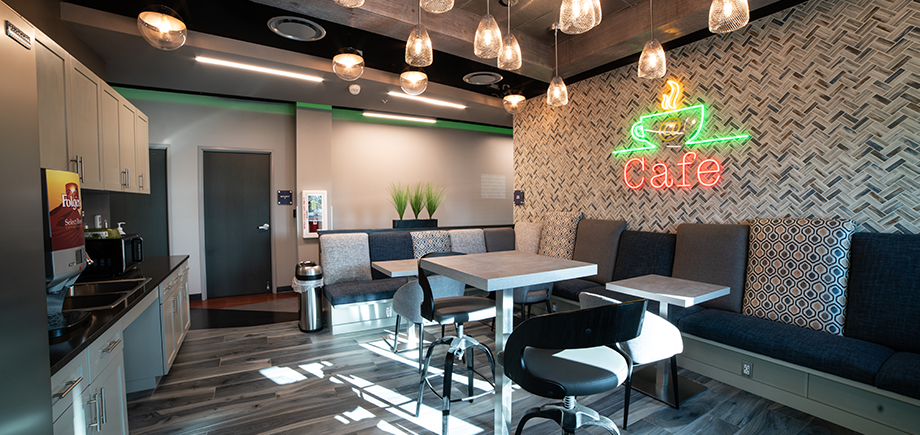




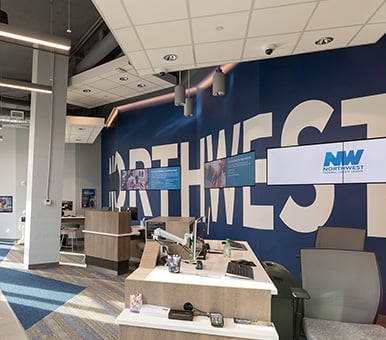
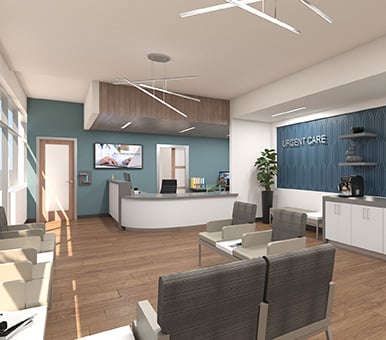








 Emily Sweillam
Emily Sweillam


